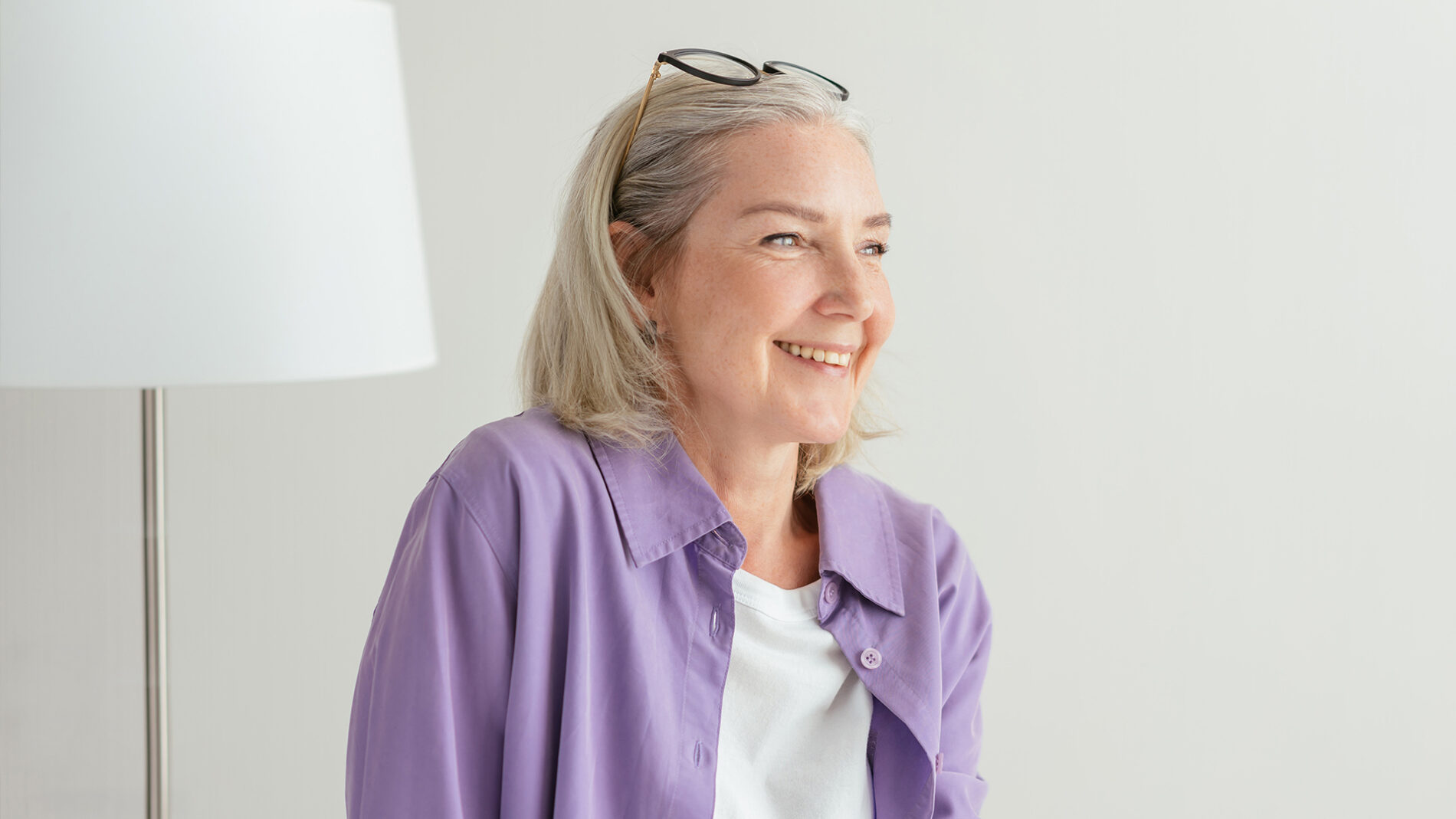How GripAble helped Maria find the fun in rehab
When Maria fell whilst skating, she sustained a fracture to her right wrist. After six weeks of wrist rehabilitation, she saw no improvement and later underwent surgery to correct abnormal healing in her wrist.
Post-surgery, Maria was faced with a number of challenges including difficulties with moving her wrist in certain positions and carrying out everyday activities. An adapted approach to Maria’s rehab was needed to help her restore movement, regain function, and achieve her goals.
This article explains how Maria used GripAble to improve her grip strength and keep her focused and motivated so she could return to her active family lifestyle.
Abnormal fracture healing
Maria is a female accountant working full-time whilst maintaining an active lifestyle as a grandmother of three who plays a key role in looking after her grandchildren. After falling whilst skating, Maria suffered a wrist fracture which was treated conservatively with casting for four weeks.
After seeing no improvement following six weeks of wrist rehabilitation, Maria was later seen by a hand surgeon who identified malunion – when a fractured bone heals in an abnormal position and can lead to impaired function. She immediately had an osteotomy – the surgical realignment of a bone – to correct the angulation of her wrist.
One week post-surgery, Maria attended a hand therapy clinic with her hand in post-surgical dressings. She presented with significant palmar flexion (fingers bent towards the palm of the hand), ulnar deviation (fingers bent towards the ulna bone on the outside of the forearm), and with her forearm pronated (with the inner forearm facing down). Maria also stated she was experiencing shoulder pain.
During the initial healing phase, Maria was unable to actively move her wrist and forearm out of its flexed, abnormal position. The soft tissues around her wrist had shortened to the malunited bone position and, despite the bone correction surgery, the ligaments around the bone remained mispositioned.
Patient Specific Functional Scale – identifying rehab goals
Treatment at this stage focused on achieving proper wrist positioning for functional grip and tissue mobilization through active and active-assisted range of motion. The Patient Specific Functional Scale (PSFS) was used to identify Maria’s goals which included washing her face/hair, blow-drying her hair, doing up her bra (independent dressing), braiding her grandchildren’s hair, playing badminton with her grandchildren, and getting into the downward dog yoga pose. Maria rated herself as one (meaning unable to perform the activity) out of 10 on all these activities.
Three to six weeks post-surgery, tissue healing allowed Maria’s therapist to gradually introduce gentle therapeutic force to soften and lengthen the fibrosis. Soft tissue mobilization, active-assisted range of motion, and functional tasks for the wrist and hand began at week three. Gravity planes, force application, and frequency of reps during exercise were adjusted as Maria’s therapeutic needs changed throughout this period. At this point, Maria was introduced to GripAble.
As Maria was unable to achieve a neutral forearm position or actively achieve functional wrist extension, she played the GripAble games with her hand safely supported by positioning wedges.
In the later phases of Maria’s rehabilitation journey, more therapeutic force was needed to change the fibrotic tissue length. Treatment focused on custom splinting, therapeutic exercise, and functional activity to improve wrist stability and control.
GripAble was used to train dynamic wrist extension with additional force created through the use of a TheraBand, which supported the wrist in functional extension but allowed Maria to hold the GripAble and grip freely whilst she played the games. Maria’s single maximum grip strength was tested with and without the TheraBand and measured 3.3kg vs 2.8kg, respectively.
Fun and engaging
With the adaptations, Maria was able to achieve a functional wrist position for gripping games and saw clearly how her grip strength was improving just by changing her wrist position, providing her with motivation to continue her rehabilitation regime.
By week twelve, Maria was able to hold the GripAble device independently whilst playing several GripAble games. Her single maximum grip strength increased to 10kg, and her self-rating of Patient Specific Functional Scale activities improved, and ranged from three to five (for badminton, and the yoga pose) to eight to ten (all other activities).
Maria’s updated Patient Specific Functional Scale goal is to restart folk dancing, which will require her to withstand gripping and pulling forces to her wrist. Therefore, GripAble will be adapted using the TheraBand to create activities with similar forces.
Of the GripAble platform, Maria said: “GripAble made therapy fun and engaging.”
Affordable remote rehab
GripAble is a mobile assessment and training platform which includes bespoke hand-held sensors, mobile hardware, software, in-built gamification and data services, to enable home-based rehabilitation for patients with a wide range of neurological and musculoskeletal conditions including upper limb spasticity. GripAble’s unique handgrip sensor connects to a mobile app, allowing users to partake in specifically designed activities selected by their therapist, to train core hand and arm movements.

